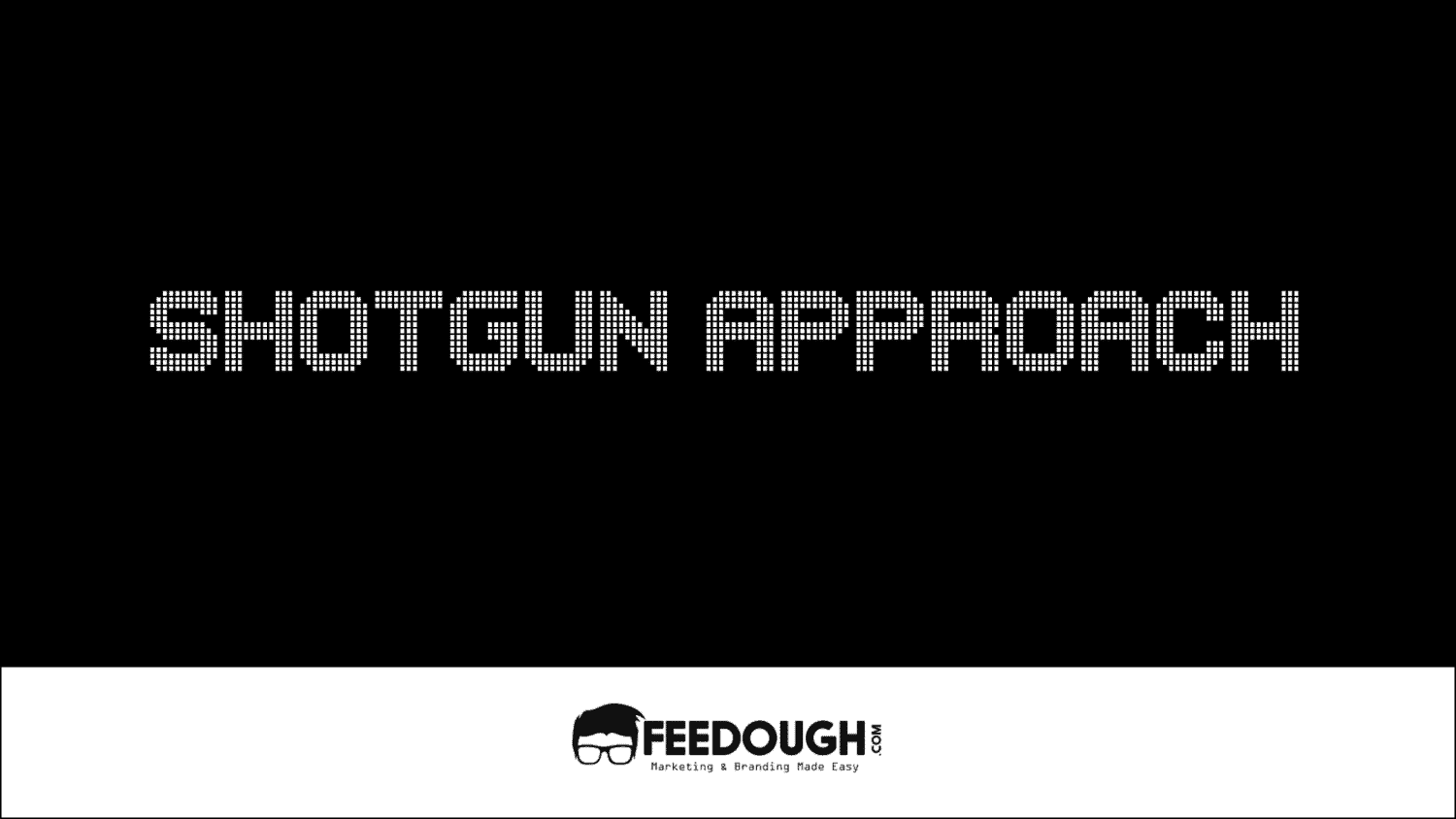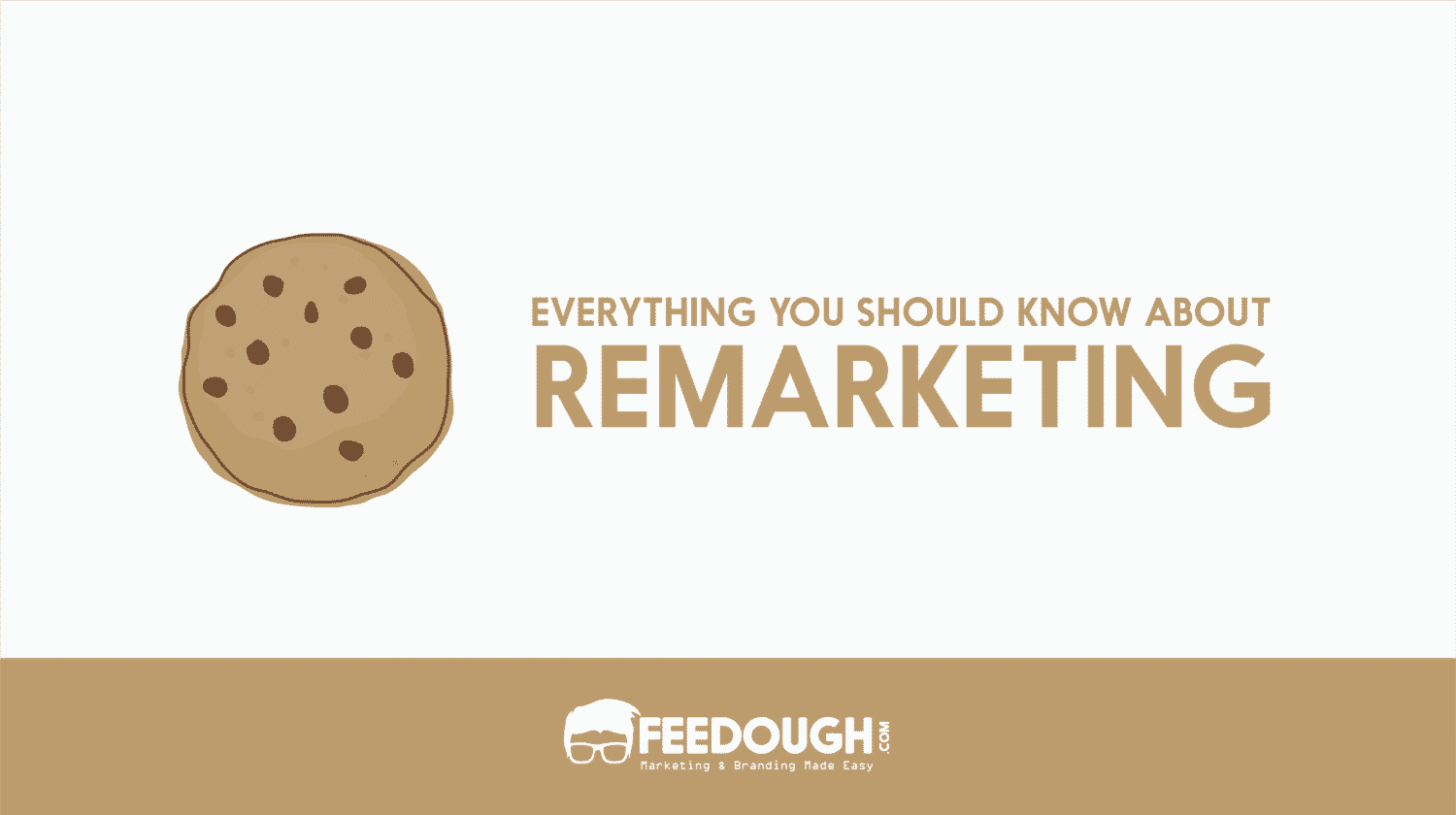Just like any other business, even fashion companies need marketing to reach their target audience. But unlike other businesses, the role of marketing in the fashion industry is way more complex. Fashion marketing is an intricate process that involves understanding the target audience and creating strategies to reach them effectively.
When it comes to fashion, customers don’t just want to buy clothes; they want to purchase a lifestyle. As such, fashion marketing needs to include not only advertising products but also telling stories that create an emotional connection with the buyer.
But what exactly is fashion marketing? How does fashion marketing work? Let’s find out.
What Is Fashion Marketing?
Fashion marketing is the process of understanding the fashion industry—its trends, its buyers, and its audiences—and then creating messaging and positioning strategies that will help a fashion brand reach its target market.
In simple terms, it’s the branch of marketing that deals with advertising and promoting fashion products, services, or events. It involves identifying the target market for a product or service and then creating marketing campaigns that will reach them effectively.
How Does Fashion Marketing Work?
Fashion marketing is more than just marketing products—it’s about understanding the industry’s trends, defining the ideal customer, and creating campaigns to attract them.
It revolves around all the Ps of the marketing mix – Product, Place, Price, and Promotion. It involves thinking of creative ways to market a product or service, such as creating campaigns on different digital platforms and media outlets, designing captivating visuals to draw attention to the product or service being marketed, and finding appropriate pricing strategies.
Here’s how fashion marketing works –
- Product: Understanding the target market and their wants, needs, and desires is essential to create a selling fashion product. The product is tailored to meet the demands of the target market. For example, if the target market is teenagers who are a fan of a specific celebrity, the product should be similar to that of that particular celebrity.
- Place: Deciding where to distribute and sell fashion products is also vital in fashion marketing. This involves identifying online and offline channels, such as retail stores, e-commerce sites, social media channels, influencers, etc.
- Price: Fashion marketing also involves setting the right price for a product or service. This includes considering factors such as competitors’ prices and costs of sourcing raw materials to ensure that the pricing will not be too high or too low.
- Promotion: Promotion is an integral part of fashion marketing. Creating captivating visuals, advertising on different platforms, and using influencers and celebrities to promote products can effectively help a fashion brand reach its target market. This also includes creating campaigns that create an emotional connection with the customer.
Fashion Marketing vs Fashion Merchandising
Even though the two terms—fashion marketing and fashion merchandising—are often used interchangeably, they are not the same.
Fashion marketing focuses more on creating campaigns and strategies to reach a target market, while fashion merchandising deals with developing merchandise assortments that will attract customers.
Fashion merchandising involves selecting items that meet customer demand and analysing the effects of different assortments on sales. It also involves researching competitors’ products, prices, and services to determine what strategies will help a brand stand out in the market.
Fashion merchandising is more concerned with the product itself—how it looks, feels, fits, etc.—as well as understanding consumer behaviour when making purchasing decisions. Moreover, it also includes intricacies like apparel fulfillment and store layout.
For example, a fashion merchandiser might decide to showcase a particular set of items at the front of the store in order to attract customers and increase sales. On the other hand, a fashion marketer would focus more on creating campaigns that will draw attention to those products in order to boost sales.
Aspect | Fashion Marketing | Fashion Merchandising |
|---|---|---|
Definition | The process of promoting and selling fashion products by understanding consumer needs and developing advertising strategies. | The process of buying, managing, presenting, and selling fashion items in stores. |
Focus | Branding, advertising, and creating demand for fashion products. | Product selection, inventory management, and in-store displays. |
Activities Involved | Market research, trend forecasting, public relations, campaign development, brand management, and advertising. | Product buying, inventory control, visual merchandising, and sales analysis. |
Goal | Increase brand awareness and drive sales through effective promotional strategies. | Ensure the right products are available in the right quantity and displayed attractively to maximise sales. |
Career Roles | Fashion marketer, fashion PR specialist, brand manager, campaign manager, etc. | Fashion buyer, visual merchandiser, store manager, inventory planner, etc. |
Education | Often requires a background in marketing, communications, or business with a focus on the fashion industry. | Typically involves studying fashion business, retail management, or fashion merchandising specifically. |
Skills Needed | Strong communication skills, creativity, analytical abilities, understanding of consumer behavior. | Strong analytical skills, understanding of consumer buying patterns, eye for detail, and creativity in product presentation. |
Types Of Fashion Marketing Strategies
The fashion industry is constantly evolving, and so are their marketing strategies. Here are a few common types of fashion marketing strategies:
- Social Media Marketing: This involves using social media channels to reach customers and build relationships with them. It includes creating captivating visuals, engaging in conversations, and using influencers to promote products or services. For example, Nike relies heavily on social media marketing to reach its target audience. It runs over 300 social media profiles on every social media network (like Nike Football, Nike Basketball, Nike Run Club, Nike Skateboarding, Nike Swim, Nike Women, Nike Yoga, etc.). Moreover, Nike focuses on creating motivational conversations with its followers instead of selling products. stories that tell its brand story and create an emotional connection with the customer.
- Influencer Marketing: Influencer marketing is the process of leveraging influential people in an industry to help promote products or services. A fashion influencer can create content about a product or service and share it with their followers, thus helping to reach and engage with customers. These influencers can help a brand promote products, increase brand awareness, or expand its reach to a wider audience. For example, Kylie Jenner has worked with many fashion brands to promote their products on her Instagram profile.
- Referral/Loyalty Programs: Referral and loyalty programs are useful to attract new customers and retain existing ones. Offer incentives such as discounts or free gifts for loyal customers that can be redeemed when they refer a friend. This will encourage them to spread the word about the product, thus helping to increase sales and reach more customers. Indian fashion brand Myntra has a referral program where customers get coupons for referring their friends.
- Sales promotion: Sales promotion is the process of offering discounts or other short-term incentives to encourage customers to purchase products. This could include offering free shipping, limited-time discount codes, or special offers in exchange for customer loyalty. For example, Zara runs regular promotions on its website and stores where customers can get discounts on certain items.
- Fashion Shows: Fashion shows involve showcasing the latest collections of a brand and are usually organised for fashion industry professionals and media. This helps to create hype around the collection and increase brand awareness. For example, Gucci hosts an annual fashion show in Milan to showcase their new collections for the season.
- Fast fashion: Fast fashion is the process of designing and producing clothes rapidly to keep up with the latest trends. It involves different processes, such as having a well-trained team that can quickly produce quality garments, using advanced technology to reduce production time, and utilising trend forecasting techniques to ensure that the designs are on-trend. By creating fashionable products quickly, fashion brands can keep up with the fast-paced nature of the industry. H&M is an example of a brand that specialises in fast fashion.
Who Is A Fashion Marketer?
A fashion marketer is someone who creates and implements marketing strategies for fashion brands. They are responsible for researching target markets, developing campaigns, and creating content that resonates with customers. They also focus on analysing data to understand customer behaviour and come up with effective strategies to reach the desired goals.
Fashion Marketer Skills
A fashion marketer requires a set of specialised skills to be successful in their profession. Here are some of the most essential skills for fashion marketers:
- Business Management: A fashion marketer needs to understand business management well, including marketing strategy and budgeting. They should be able to develop efficient plans for reaching the target customers and make sure that campaigns stay within budget.
- Project Management: Fashion marketers need excellent organisational skills to manage multiple projects at a time. This includes developing timelines, delegating tasks, and ensuring that projects stay on track.
- Communication: Communication is the key to successful marketing campaigns, and fashion marketers need to be effective communicators. They should be able to explain complex concepts in simple language and build rapport with customers.
- Market Research: Good market research is essential for success in the fashion industry, as it provides valuable insights into customer behaviour. Fashion marketers must understand customer demographics, preferences, and trends to create effective marketing campaigns.
- Analytical Skills: Fashion marketers need analytical skills to measure their campaigns’ success and make data-driven decisions.
- Creativity: Creativity is an essential skill for fashion marketers, as they need to come up with fresh ideas to engage customers. Creative campaigns are the key to standing out from the competition in this crowded market.
Bottom Line?
Fashion marketing is an essential part of the fashion industry and requires specialised skills to be successful. A good fashion marketer needs to understand business management, have excellent communication skills, and be creative in order to come up with engaging campaigns.
Without fashion marketing, fashion brands wouldn’t be able to reach their desired customers and create an emotional connection with them. Understanding the importance of fashion marketing is key to succeeding in this competitive industry.
A startup consultant, digital marketer, traveller, and philomath. Aashish has worked with over 20 startups and successfully helped them ideate, raise money, and succeed. When not working, he can be found hiking, camping, and stargazing.
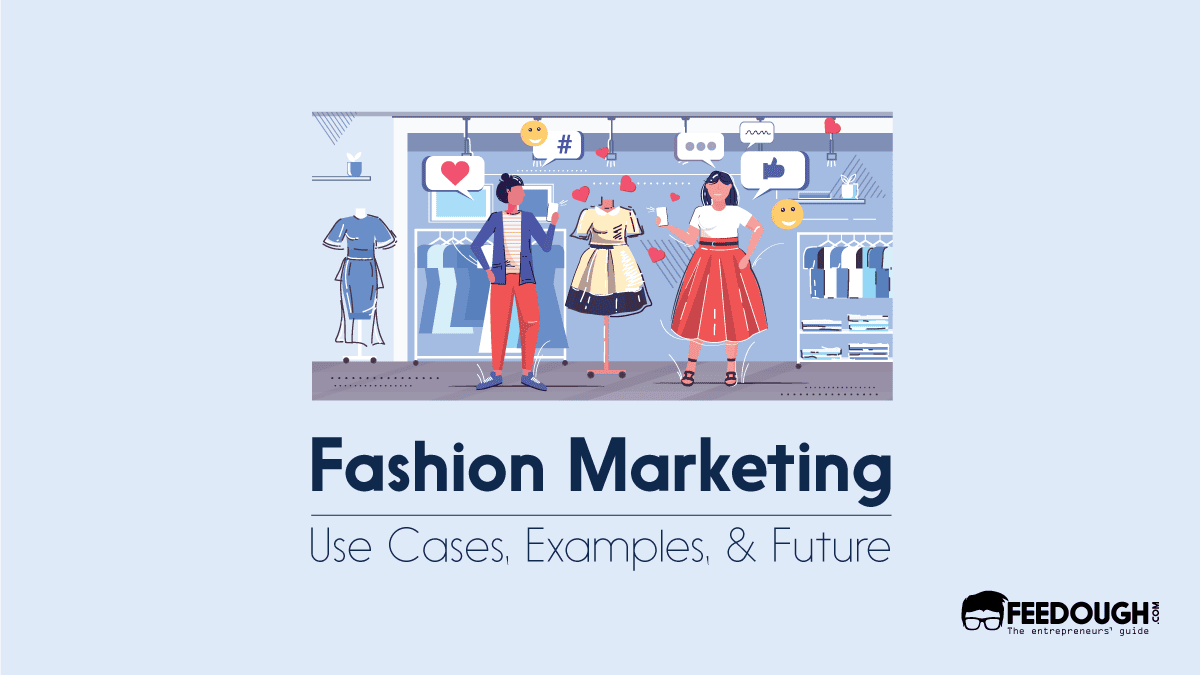
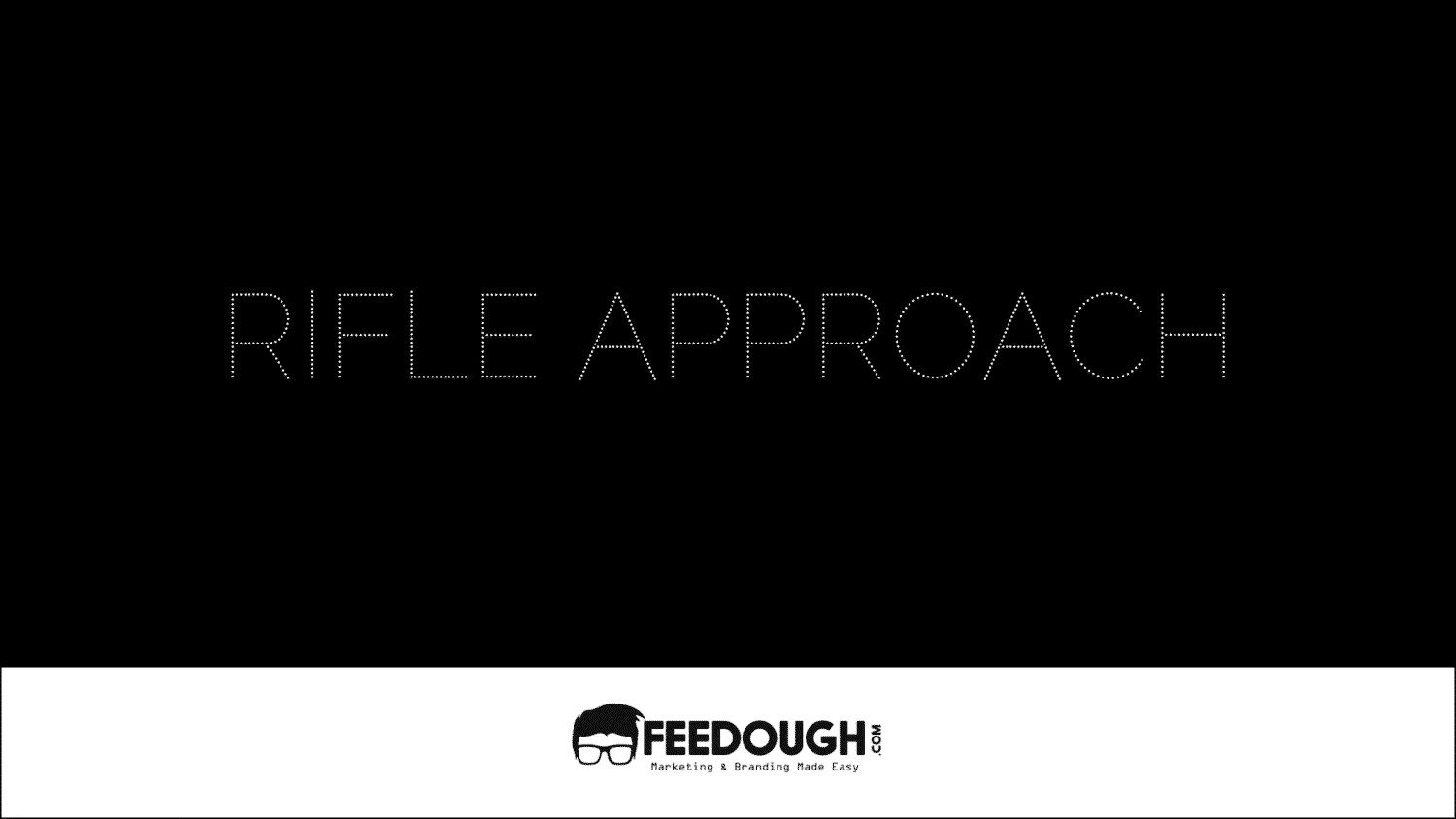
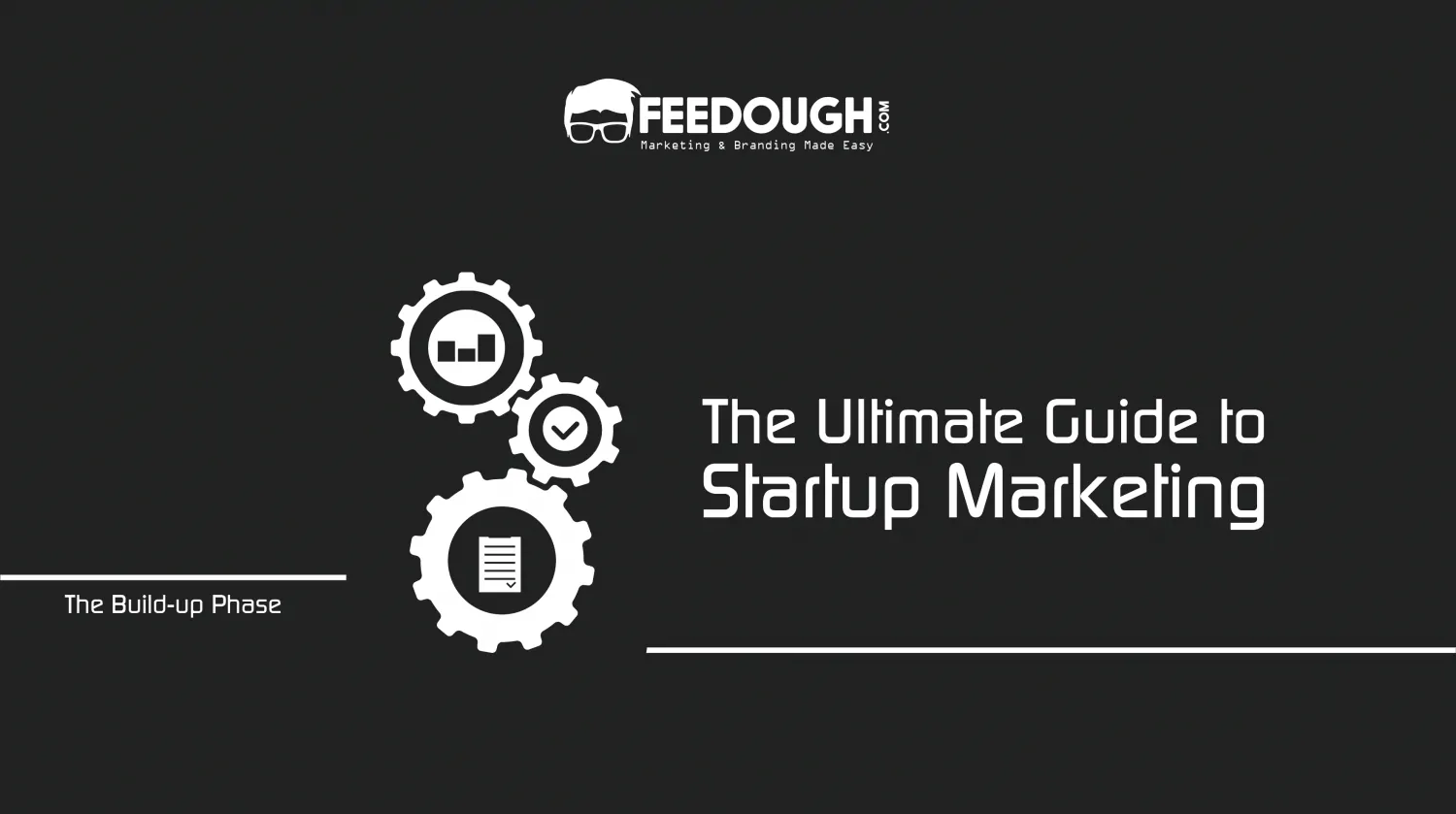
![What Is Demand Generation? [The Ultimate Guide] What Is Demand Generation?](https://www.feedough.com/wp-content/uploads/2019/05/DEMAND-GENERATION.webp)

